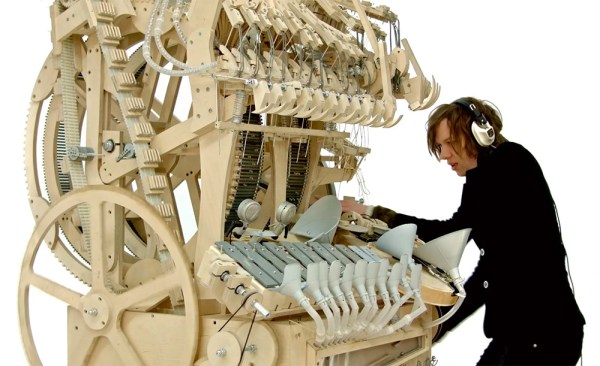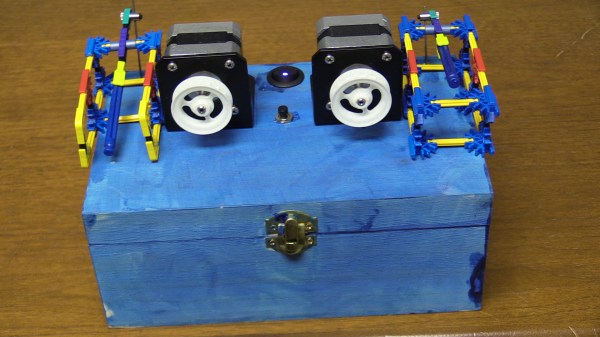We tried to figure out how to describe the band [Wintergatan]. It took a lot of googling, and we decided to let their really incredible music machine do it for them. The best part? Unlike some projects like this that come our way, [Wintergatan] documented the whole build process in an eight part video series.
The core of the machine is a large drum with two tracks of alternating grey and black Lego Technic beams and pins. The musician sequences out the music using these. The pins activate levers which in turn drop ball bearings on the various sound producing devices in the machine. The melody is produced by a vibraphone. At first we thought the drum kit was electronic, but it turns out the wires going to it were to amplify the sound they made when hit. At the end of their travel the bearings are brought up to the hopper again by a bucket conveyor.
The final part count for the machine sits at 3,000 not including the 2,000 ball bearings rolling around inside of it. If you’ve ever tried to make a marble machine, then you’ll be just as impressed as we were that the machine only appeared to lose a few marbles in the course of a three minute song. Aside from the smoothness of the machine, which is impressive, we also enjoyed the pure, well, hackiness of it. We can spy regular wood screws, rubber bands, plywood, bits of wire, and all sorts of on-the-spot solutions. Just to add bonus cool, the whole project appears to have been built with just a bandsaw, a drill press, and a few hand power tools.
The machine is great, but we also really appreciate the hacker spirit behind it. When a commenter on a YouTube video told him he was a genius, he replied, “Thank you for that! But I do think, though, that it is mostly about being able to put in the time! I mean the talent of being stubborn and able to see things through are more important than the abilities you have to start with. If you work hard on anything, you will learn what you need and success! Its my idea anyway! So happy people like the machine!”. Which we think is just as cool as the machine itself. Video of the machine in action and part one of the build series after the break!
Continue reading “Incredible Marble Music Machine” →
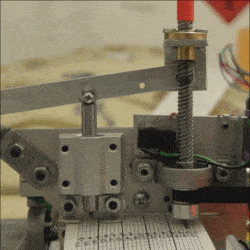




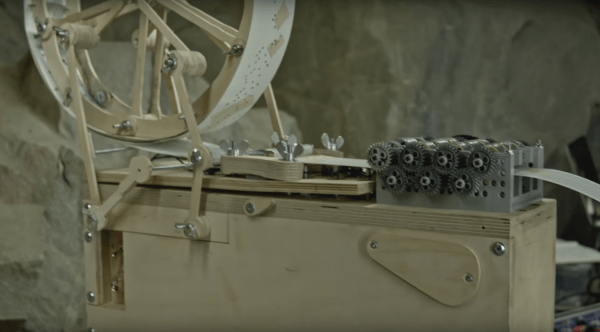

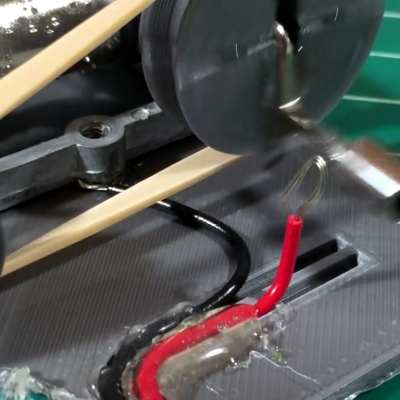 [Bokononestly] decided to
[Bokononestly] decided to 